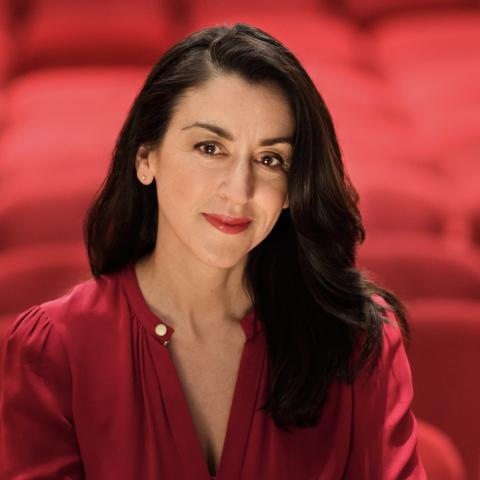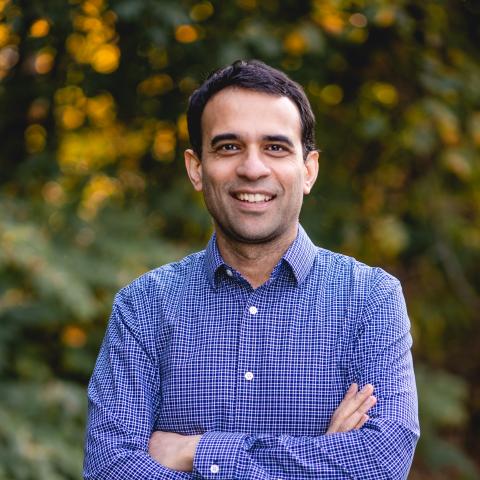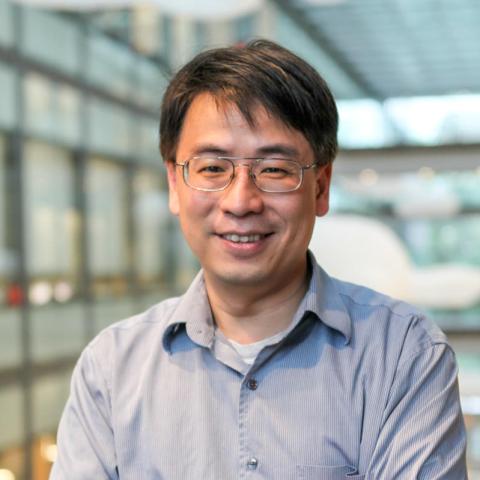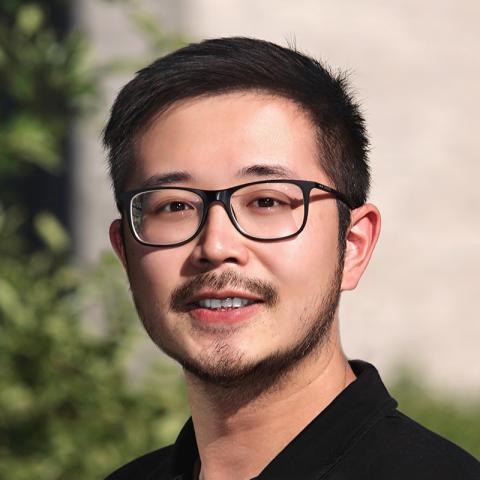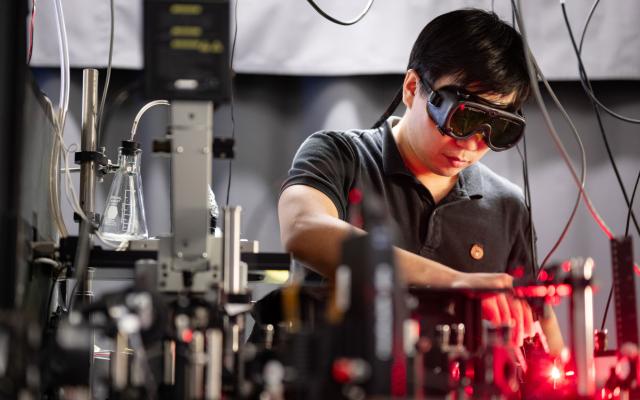
Excerpt taken from School of Engineering and Applied Science website.
When a Princeton team invented a new, interactive way to conduct surveys in 2010, their system immediately caught on. Big organizations used the platform to plan projects and allocate resources, but the core programming fell out of date, and the tool, called All Our Ideas, became difficult to adapt to modern cloud platforms.
Without a major overhaul, closure of All Our Ideas seemed likely. That’s when the University’s Keller Center stepped in as part of the Design for Innovation program unveiled this summer. Keller’s experts helped Matthew Salganik’s team create a solution, and the center provided key funding to create a sustainable future for the survey technology. This year, All Our Ideas is moving to a new platform with new programming.
The Design for Innovation program supports six projects — three from natural sciences and engineering and three from social sciences and the humanities — all in need of expertise beyond the academic discipline from which the project emerged. Over the next year, the program will help expand a budding effort to sustainably extract lithium from saltwater, bring theater alive through the internet, and harness architecture and land use to combat sexual violence.
The program’s co-directors, Manish Bhardwaj and Nena Golubovic, have extensive experience in developing projects with noted impact in the business and nonprofit worlds. Bhardwaj is a cofounder of Innovators in Health, a nonprofit that provides health care in rural communities in India. Golubovic is a former managing director at IP Group, a London-based investment firm specializing in intellectual property and early-stage ventures coming out of academic institutions. Both are part of a growing group of programs and experts at Princeton focused on innovation and design, which is a priority of Andrea Goldsmith, dean of the School of Engineering and Applied Science, and Naveen Verma, director of the Keller Center for Innovation in Engineering Education.
Bhardwaj said the purpose of the Design for Innovation Program is to help faculty develop lasting solutions from innovative ideas. Whether that is a new business, a nonprofit or something else altogether, “our role is to accompany the faculty through the entire process.”
“What this program allows is an additional pathway where the faculty can go beyond the academy and launch programs that have an impact beyond scholarship, and which inevitably feeds back into new insights for their fundamental research.” - Manish Bhardwaj
Read the full article on the School of Engineering and Applied Science website.
